PrincessInOz
Thanks for my avatar, Mary Jo!
- Joined
- Feb 8, 2010
- Messages
- 108,017
The DIY Guide on what NOT to do for Suzhou – What we Got Right – The Lion Forest Garden Tour
On the tour that we kinda fell into, our first stop was the Lion Grove Garden. Google Maps provided me with the rough orientation of where the Lion Forest Garden was in relation to the Suzhou Railway Station. It’s located at 23 Yuanlin Grove in the Pingjiang area of Suzhou.
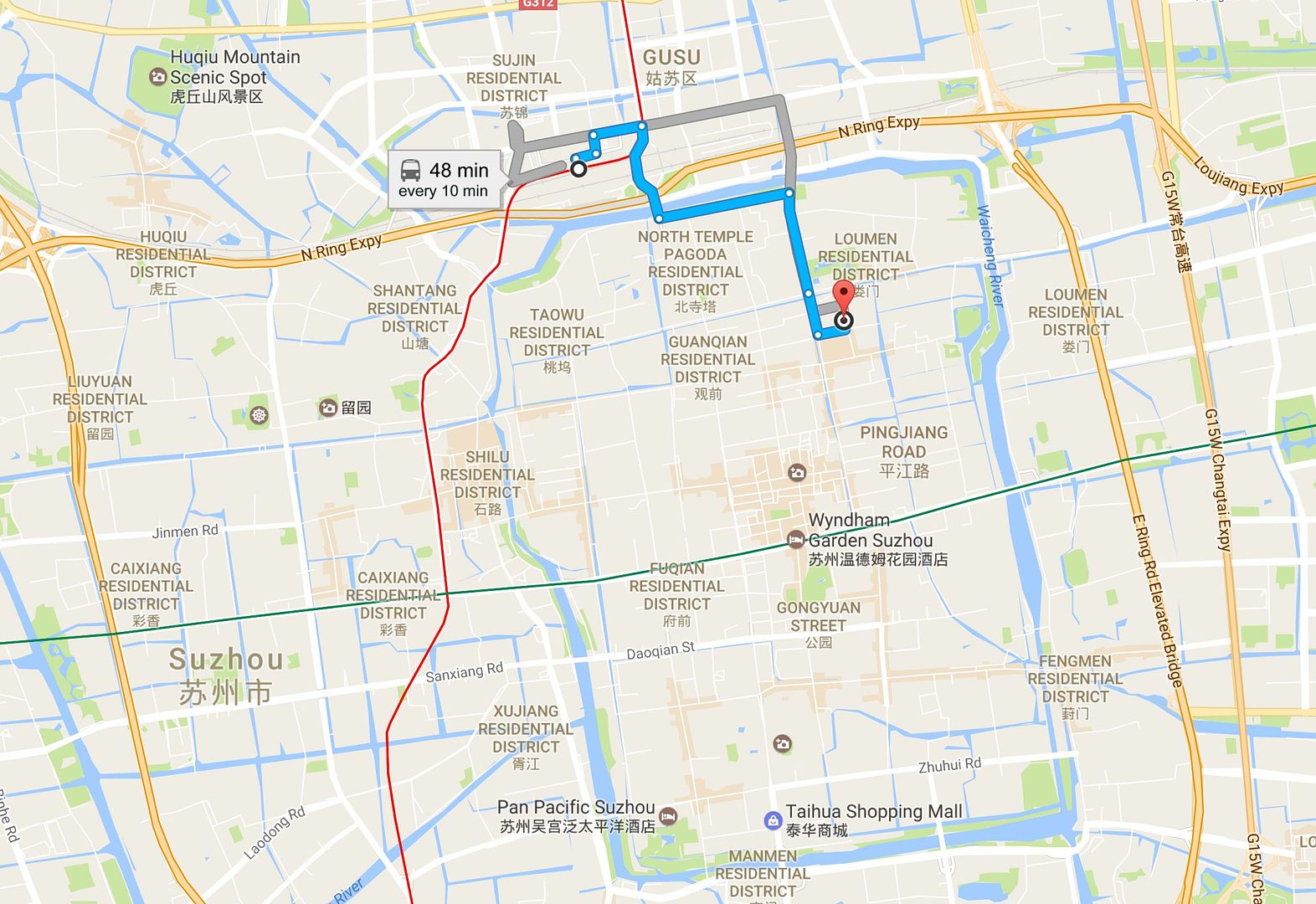
When we got outside the garden, the person who had ‘led’ us there started to gabble in Mandarin and then there was a flurry of activity. It seemed that there was an exchange of cell-phone numbers going on between the other people from the bus and him. When I went up to him with my Hong Kong number, he just shook his head and refused to take my number down. He also didn’t give me his number. My mother did try and ask him a question….but he just disappeared!
So we were left to ask some of the other people from the bus. Turns out that the ‘tour’ we had stumbled on was a go-at-your-own pace concept. When we were ready to leave, we just needed to text the ‘guide’ and he would then meet us somewhere. Before we knew it, those people we asked disappeared as well…..in the opposite direction to the garden and into the street…..for some shopping!!!
Ok. Where did that leave us?!?!?!?!
Well….it left us staring at the entry to the Garden. My mother reads enough Chinese to tell me that this says Lion Forest Garden.

As one of the four best known Classical Gardens in Suzhou, the Lion Grove is a typical southern garden of Yuan Dynasty (1271-1368). The Lion Grove garden was first built in 1342 by the Monk Tianru and other disciples in memory of their teacher, the monk Zhongfeng. The garden is approximately 10,000 square meters and contains 22 pavilions, 71 steles, and numerous other works of art.
It is said that Emperor Qianlong (18th century) visited the site six times and inscribed the word "Zhenqu" (true delight) to describe the garden's beauty.The inscription is still on display in a pavilion of the same name.
In its early years, the garden was famous as a place of retreat for painters and calligraphers. After Tianru's death, the garden passed through a number of hands and declined in later centuries. In 1917, the garden was bought by a wealthy pigment trader Bei Runsheng, who did a great expansion and renovation to the garden for 9 years. After Bei Runsheng’s death in 1945, the garden was taken over by his grandson and offsprings, who denoted the garden to the country later after the founding of People’s Republic of China in 1949. After another renovation by the government, Lion Grove was opened to the public in 1954.
We figured there might have been some other people from the ‘small group’ that had headed on into the garden, so we thought we might as well go in and see how it all unfolded.
The Entrance Hall. Ceremony halls, located near the entrance of the garden, have their own courtyard and are used for family celebrations.

I guess this was the entrance hall courtyard.

Even at this early stage, this garden was ticking off some of the things I had hoped to see on this trip to China.

There were a lot of people walking through the garden but I found a quite spot to get a picture memory.

It was here that my mother found someone that she recognised from the minivan. She struck up a conversation with him and despite his obvious initial reluctance, he eventually relented and let us tag along with him and his son.
Our new ‘friends’ were initially wary of us. We did politely keep our distance for a bit. However, this garden was such a labyrinth of buildings, open spaces and corridors that eventually we all came to the tacit understanding that it was probably best if we stuck together. You really don’t need words!

We got to another open courtyard. This garden is famous for its rockery, which is mostly made of limestone taken from Taihu lake. The rocks have been piled up into forms resembling lions. The name of the garden "Lion Grove," came from a reference to lions in a Buddhist story which included descriptions of a rocky place in a bamboo forest (resembling the garden).
I think I can see a lion in that central rock! In fact, I think it’s called the Nine Lions Peak.
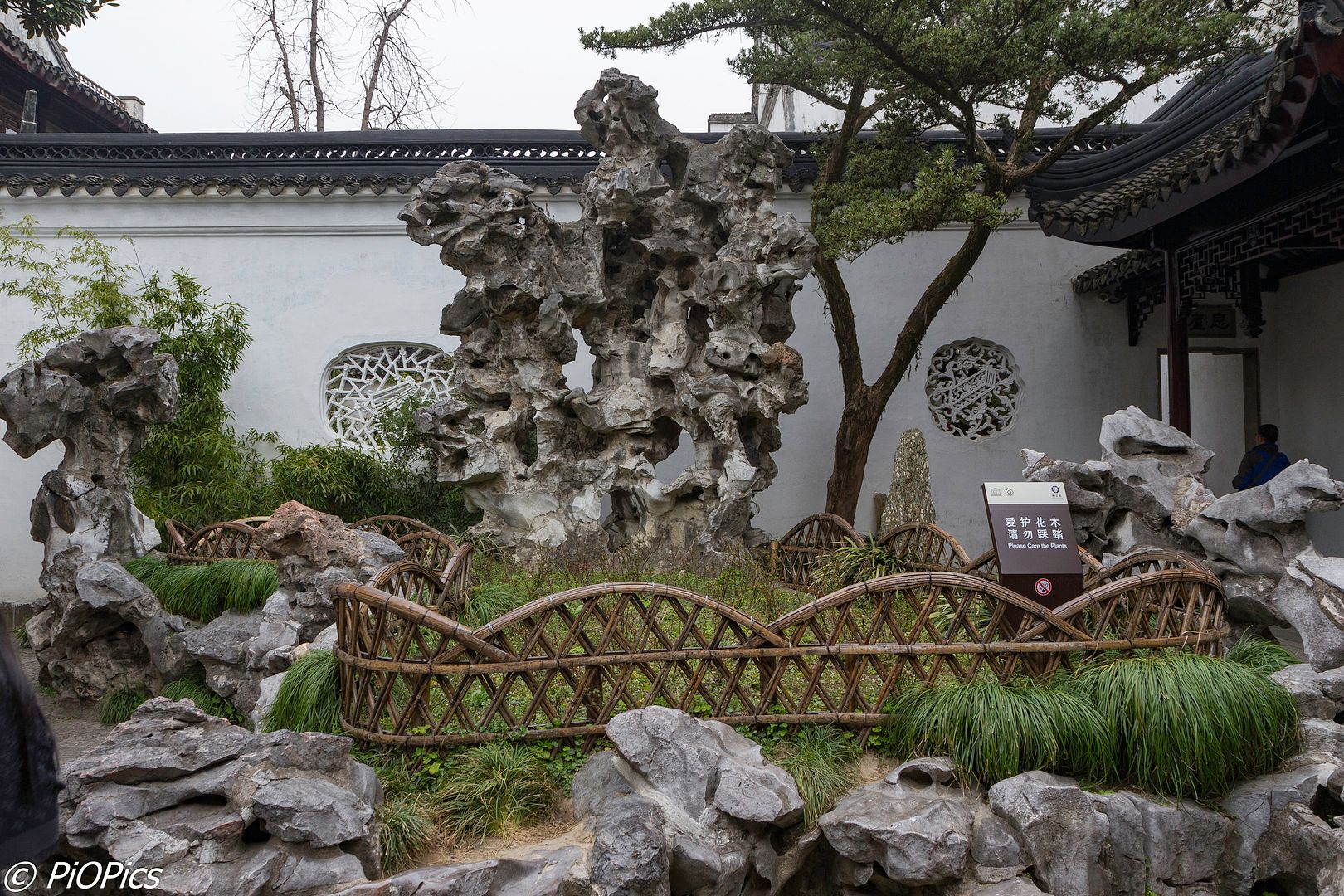
As we walked, my mother overheard the older gentleman talk to his son. My mother understood enough to know that this older gentleman was telling his son all about the history of the garden and the rocks and the design elements of the garden.
The father was also telling his son to take pictures of this and of that. His son shot with a Canon 80D; and after a while, it was obvious to me that he was a relatively novice photographer. After politely watching from the sideline for a while, I started to show them the pictures I had taken and that kinda cemented the coexistence friendship. I may not be able to speak Mandarin, but I could talk f-stop, ISO and shutter speed with the son through the back of a camera screen. The father would then tell my mother what “we” should take a picture of….my mother would tell me…..I would take the picture…..and then show the picture and settings to the son. You really don’t need words!
The father rattled off all sorts of things about the building. I guess it’s one of those halls that this garden is noted for. The father liked my interpretation of the hall and the son has a similar version in his collection.

Onwards we went.
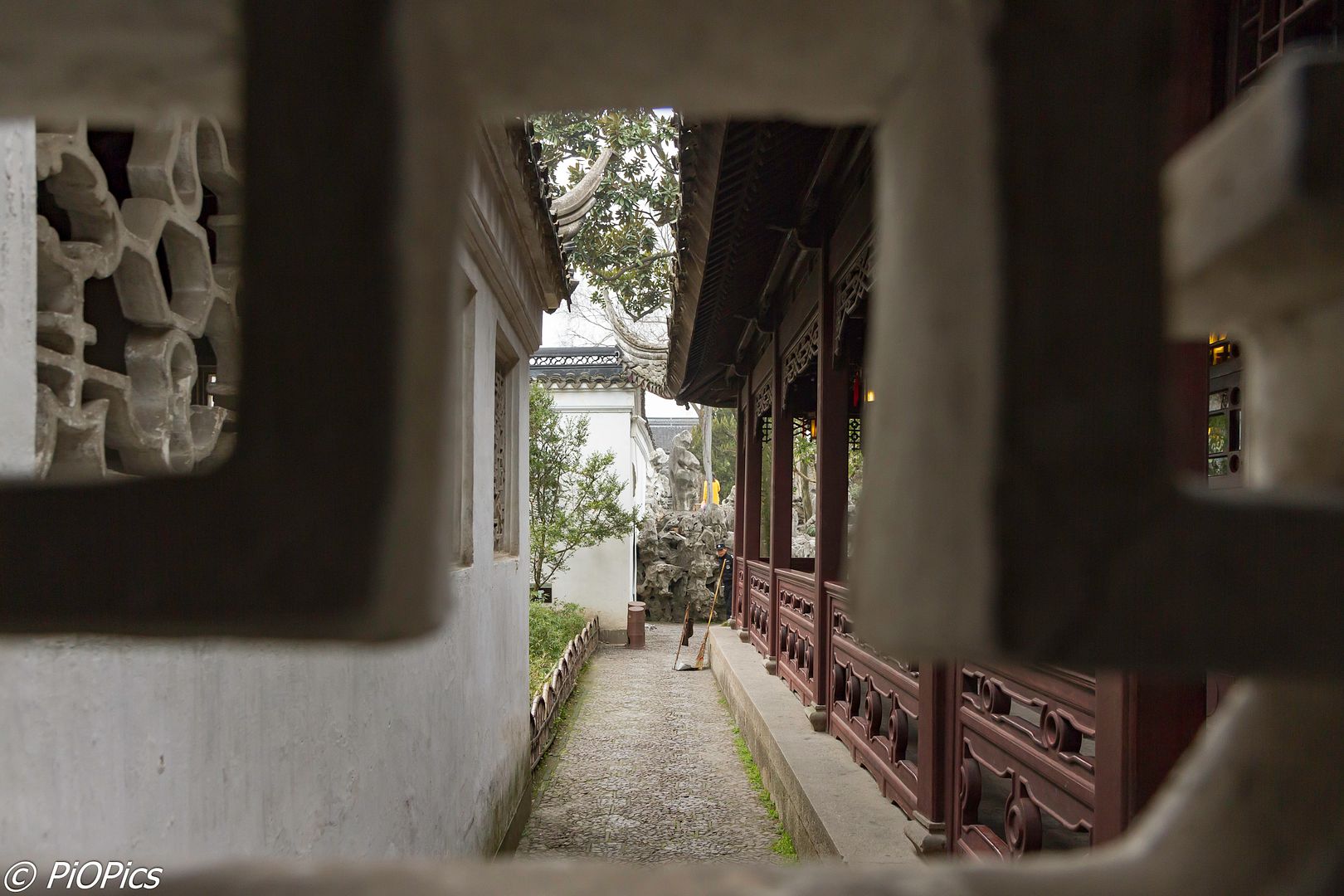
We entered the Room for Bowing to the Peak and Pointing to the Cypress.

It was an amazing space filled with classical rosewood furniture, traditional wall hangings and oriental lamp shades. I gather this could be one of the Principal Pavilions of a Classical Garden that are used for receiving guests and celebrating big holidays with a large crowd.
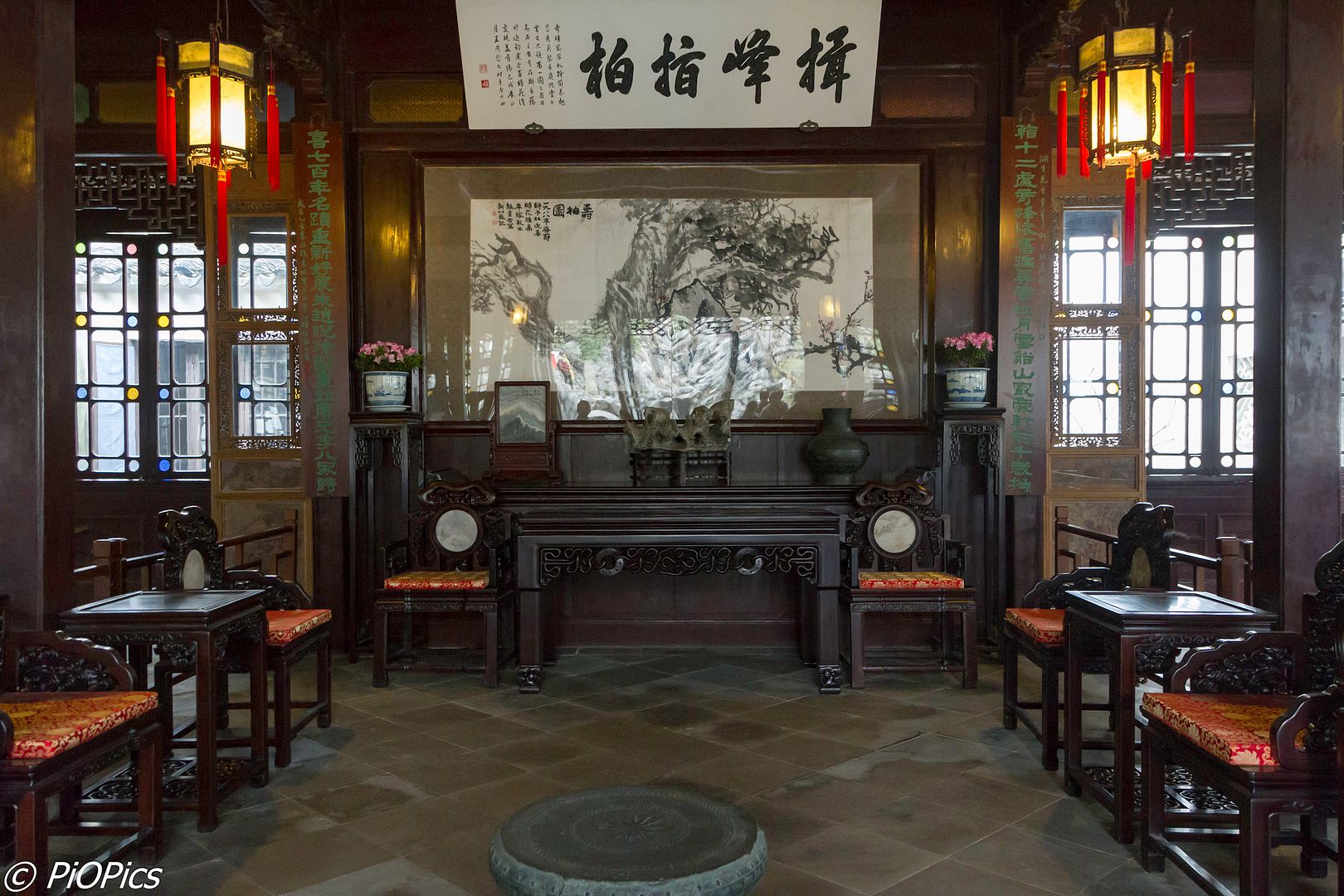
Windows form essential part of a Chinese garden. They provide a view to the outside garden and are meant to complement the setting rather than dominate it.

We kept going to the Ancient Five Pines Courtyard…..
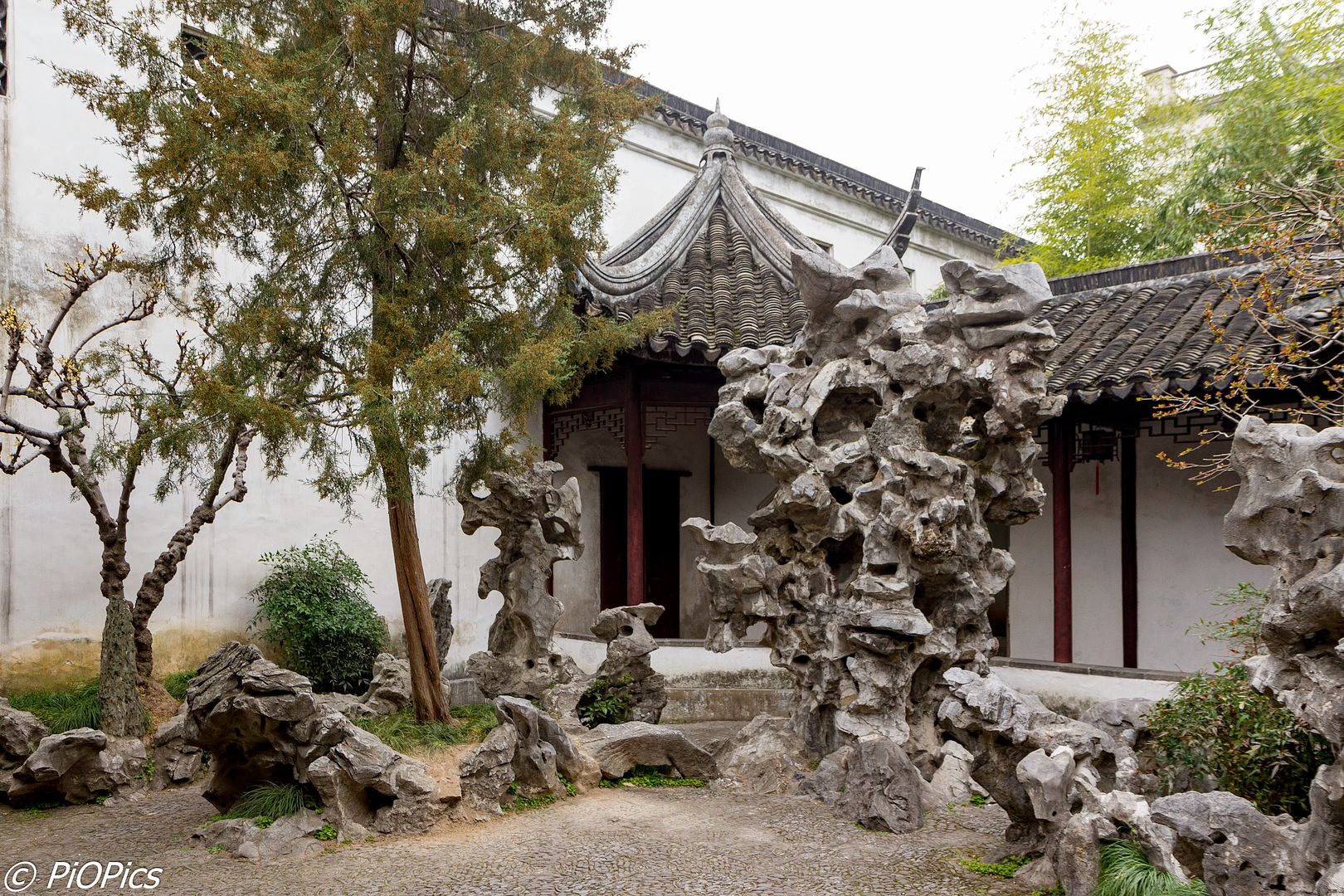
……and eventually came out to the Lion Grove Garden Pond area.

It was here that you truly appreciate what a magnificent space and what a large garden this is!

I took a picture of the father with my mother.

We learnt a bit about our new friends here. Aside from the father knowing a bit about the garden (turns out he had done significant research on this garden), we were to find out that he is a Classical Chinese painter. His son had some pictures of his father’s work on his cell phone and he showed them to us. They were stunning! You know the type of Chinese painting you find of the Chinese landscape/countryside with all the bamboo, mountains, flowers etc? That’s the type he does.
They were so stunning and amazing that my mother asked the father if he was famous. He smiled and modestly replied “not really”; and the son said “yes”. I do have his Chinese name and I need to bump into a friend of mine that can read Chinese and google in Chinese text. I will not be surprised to find out that the father is truly famous. The telling fact was that his household consists of 15 people. I figure you wouldn’t have a household of 15 people if you weren’t notable enough to have the means to support that number; nor need that many helpers around the house if you a weren’t prominent person in China.
His son turned out to be equally as eminent. He is a Professor of Chinese Literature at a University.
This is the inside of a stone boat. It’s more recently built (I think it was added during Bei Runshing’s time); but I liked the windows.

The garden is most famous for its elaborate grotto of taihu rocks. The grotto contains a maze of 9 paths winding through 21 caves across 3 levels. At the top of the grotto is the Lion Peak, surrounded by four other stones - Han Hui, Xuan Yu, Tu Yue, and Ang Xiao - which collectively form the Famous Five Peaks.

Water is a very traditional element in a Chinese Garden. In China, water symbolizes communication and dreams. The lake/pond here was extensive! Lots of dream time.

I spent time exploring the grotto.
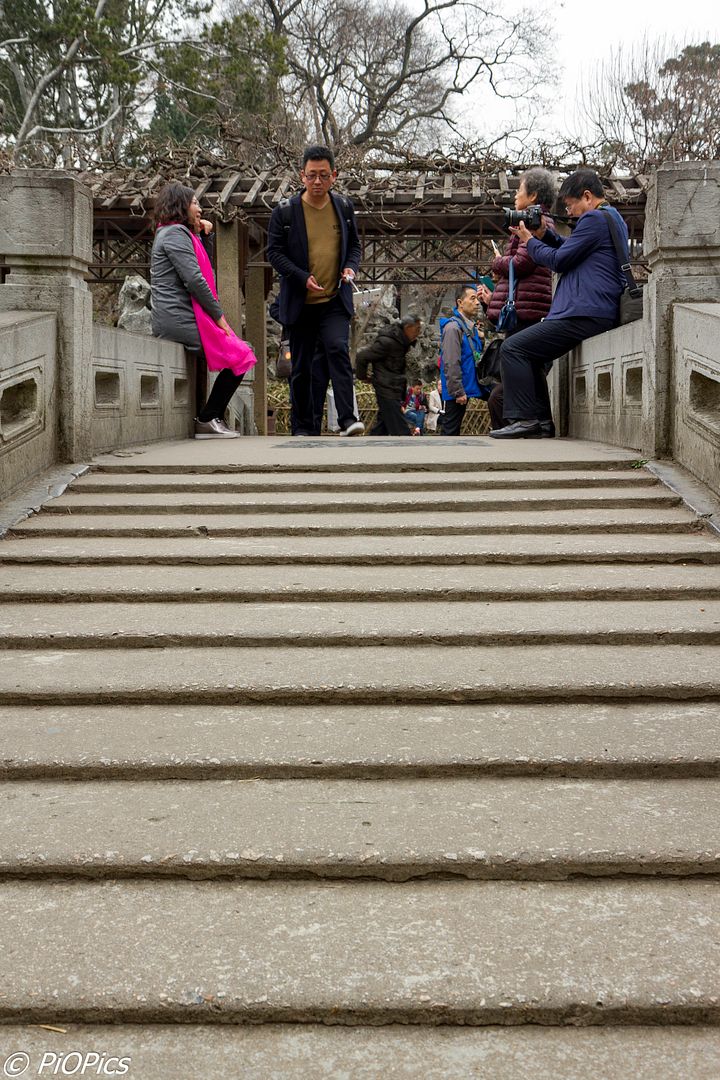
Naturally I found my way to the top of Lion Peak.

My mother and the father sat it out.

The pond divides the grotto into the east and west sections. I didn’t quite make it to the west side, and I wish I had. There’s a waterfall on that side of the garden.

There was just so much to see on the east side!

And the views were stunning.
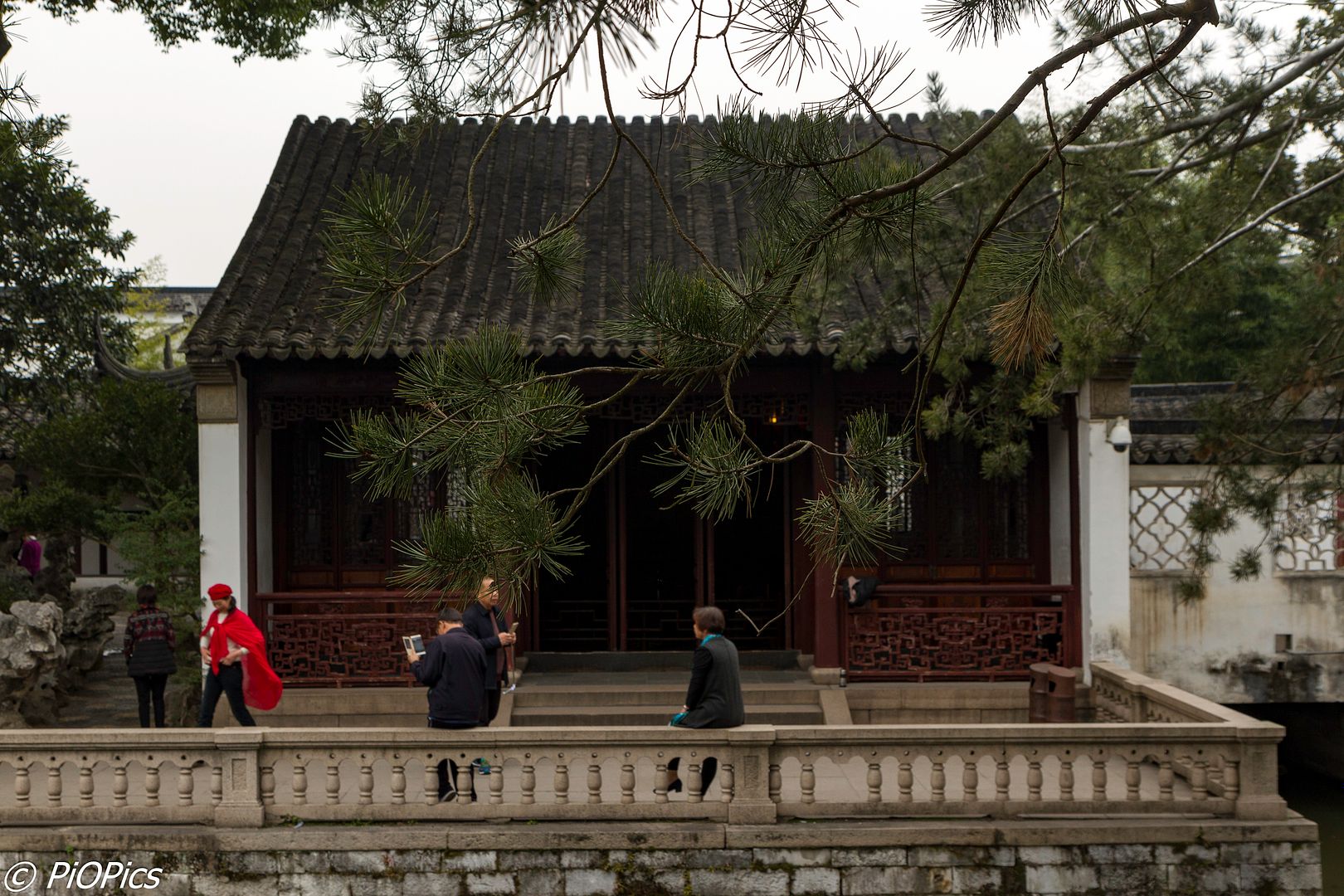

It wasn’t just the view, I was charmed by the details on the path as well.

Naturally, I got lost and it took me a while to make it back to my mother and our new friends.

By this stage, we had spent over 2 hours in this garden and it was definitely time to move on. We made our way out, via another set of pavilions.
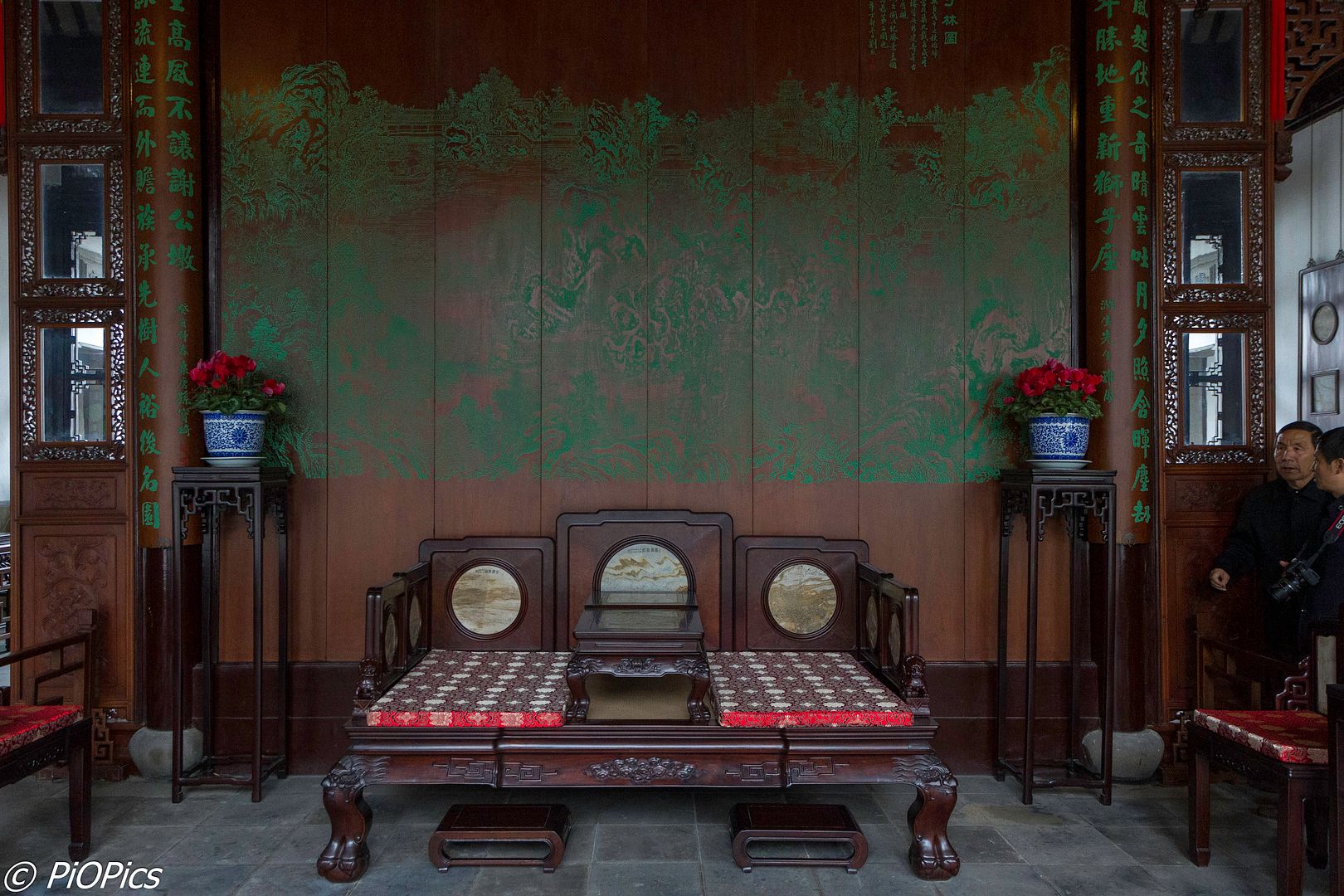

The son and I were snapping away to our heart’s content at all the details.

The final building, which I believe was the original family residence and where the exit is.

We had been quite happy with how the Lion Forest Garden turned out. It had exceeded my expectations and my mother even commented that it was a better garden than the Humble Administrator’s Garden, which she visited on a previous visit.
We made new friends in the father and son and I hope to catch up with my Chinese friend soon so that I can send them a message to keep in contact.
(Continued in Next Post)
On the tour that we kinda fell into, our first stop was the Lion Grove Garden. Google Maps provided me with the rough orientation of where the Lion Forest Garden was in relation to the Suzhou Railway Station. It’s located at 23 Yuanlin Grove in the Pingjiang area of Suzhou.

When we got outside the garden, the person who had ‘led’ us there started to gabble in Mandarin and then there was a flurry of activity. It seemed that there was an exchange of cell-phone numbers going on between the other people from the bus and him. When I went up to him with my Hong Kong number, he just shook his head and refused to take my number down. He also didn’t give me his number. My mother did try and ask him a question….but he just disappeared!
So we were left to ask some of the other people from the bus. Turns out that the ‘tour’ we had stumbled on was a go-at-your-own pace concept. When we were ready to leave, we just needed to text the ‘guide’ and he would then meet us somewhere. Before we knew it, those people we asked disappeared as well…..in the opposite direction to the garden and into the street…..for some shopping!!!
Ok. Where did that leave us?!?!?!?!
Well….it left us staring at the entry to the Garden. My mother reads enough Chinese to tell me that this says Lion Forest Garden.

As one of the four best known Classical Gardens in Suzhou, the Lion Grove is a typical southern garden of Yuan Dynasty (1271-1368). The Lion Grove garden was first built in 1342 by the Monk Tianru and other disciples in memory of their teacher, the monk Zhongfeng. The garden is approximately 10,000 square meters and contains 22 pavilions, 71 steles, and numerous other works of art.
It is said that Emperor Qianlong (18th century) visited the site six times and inscribed the word "Zhenqu" (true delight) to describe the garden's beauty.The inscription is still on display in a pavilion of the same name.
In its early years, the garden was famous as a place of retreat for painters and calligraphers. After Tianru's death, the garden passed through a number of hands and declined in later centuries. In 1917, the garden was bought by a wealthy pigment trader Bei Runsheng, who did a great expansion and renovation to the garden for 9 years. After Bei Runsheng’s death in 1945, the garden was taken over by his grandson and offsprings, who denoted the garden to the country later after the founding of People’s Republic of China in 1949. After another renovation by the government, Lion Grove was opened to the public in 1954.
We figured there might have been some other people from the ‘small group’ that had headed on into the garden, so we thought we might as well go in and see how it all unfolded.
The Entrance Hall. Ceremony halls, located near the entrance of the garden, have their own courtyard and are used for family celebrations.

I guess this was the entrance hall courtyard.

Even at this early stage, this garden was ticking off some of the things I had hoped to see on this trip to China.

There were a lot of people walking through the garden but I found a quite spot to get a picture memory.

It was here that my mother found someone that she recognised from the minivan. She struck up a conversation with him and despite his obvious initial reluctance, he eventually relented and let us tag along with him and his son.
Our new ‘friends’ were initially wary of us. We did politely keep our distance for a bit. However, this garden was such a labyrinth of buildings, open spaces and corridors that eventually we all came to the tacit understanding that it was probably best if we stuck together. You really don’t need words!

We got to another open courtyard. This garden is famous for its rockery, which is mostly made of limestone taken from Taihu lake. The rocks have been piled up into forms resembling lions. The name of the garden "Lion Grove," came from a reference to lions in a Buddhist story which included descriptions of a rocky place in a bamboo forest (resembling the garden).
I think I can see a lion in that central rock! In fact, I think it’s called the Nine Lions Peak.

As we walked, my mother overheard the older gentleman talk to his son. My mother understood enough to know that this older gentleman was telling his son all about the history of the garden and the rocks and the design elements of the garden.
The father was also telling his son to take pictures of this and of that. His son shot with a Canon 80D; and after a while, it was obvious to me that he was a relatively novice photographer. After politely watching from the sideline for a while, I started to show them the pictures I had taken and that kinda cemented the coexistence friendship. I may not be able to speak Mandarin, but I could talk f-stop, ISO and shutter speed with the son through the back of a camera screen. The father would then tell my mother what “we” should take a picture of….my mother would tell me…..I would take the picture…..and then show the picture and settings to the son. You really don’t need words!
The father rattled off all sorts of things about the building. I guess it’s one of those halls that this garden is noted for. The father liked my interpretation of the hall and the son has a similar version in his collection.

Onwards we went.

We entered the Room for Bowing to the Peak and Pointing to the Cypress.

It was an amazing space filled with classical rosewood furniture, traditional wall hangings and oriental lamp shades. I gather this could be one of the Principal Pavilions of a Classical Garden that are used for receiving guests and celebrating big holidays with a large crowd.

Windows form essential part of a Chinese garden. They provide a view to the outside garden and are meant to complement the setting rather than dominate it.

We kept going to the Ancient Five Pines Courtyard…..

……and eventually came out to the Lion Grove Garden Pond area.

It was here that you truly appreciate what a magnificent space and what a large garden this is!

I took a picture of the father with my mother.

We learnt a bit about our new friends here. Aside from the father knowing a bit about the garden (turns out he had done significant research on this garden), we were to find out that he is a Classical Chinese painter. His son had some pictures of his father’s work on his cell phone and he showed them to us. They were stunning! You know the type of Chinese painting you find of the Chinese landscape/countryside with all the bamboo, mountains, flowers etc? That’s the type he does.
They were so stunning and amazing that my mother asked the father if he was famous. He smiled and modestly replied “not really”; and the son said “yes”. I do have his Chinese name and I need to bump into a friend of mine that can read Chinese and google in Chinese text. I will not be surprised to find out that the father is truly famous. The telling fact was that his household consists of 15 people. I figure you wouldn’t have a household of 15 people if you weren’t notable enough to have the means to support that number; nor need that many helpers around the house if you a weren’t prominent person in China.
His son turned out to be equally as eminent. He is a Professor of Chinese Literature at a University.
This is the inside of a stone boat. It’s more recently built (I think it was added during Bei Runshing’s time); but I liked the windows.

The garden is most famous for its elaborate grotto of taihu rocks. The grotto contains a maze of 9 paths winding through 21 caves across 3 levels. At the top of the grotto is the Lion Peak, surrounded by four other stones - Han Hui, Xuan Yu, Tu Yue, and Ang Xiao - which collectively form the Famous Five Peaks.

Water is a very traditional element in a Chinese Garden. In China, water symbolizes communication and dreams. The lake/pond here was extensive! Lots of dream time.

I spent time exploring the grotto.

Naturally I found my way to the top of Lion Peak.

My mother and the father sat it out.

The pond divides the grotto into the east and west sections. I didn’t quite make it to the west side, and I wish I had. There’s a waterfall on that side of the garden.

There was just so much to see on the east side!

And the views were stunning.


It wasn’t just the view, I was charmed by the details on the path as well.

Naturally, I got lost and it took me a while to make it back to my mother and our new friends.

By this stage, we had spent over 2 hours in this garden and it was definitely time to move on. We made our way out, via another set of pavilions.


The son and I were snapping away to our heart’s content at all the details.

The final building, which I believe was the original family residence and where the exit is.

We had been quite happy with how the Lion Forest Garden turned out. It had exceeded my expectations and my mother even commented that it was a better garden than the Humble Administrator’s Garden, which she visited on a previous visit.
We made new friends in the father and son and I hope to catch up with my Chinese friend soon so that I can send them a message to keep in contact.
(Continued in Next Post)














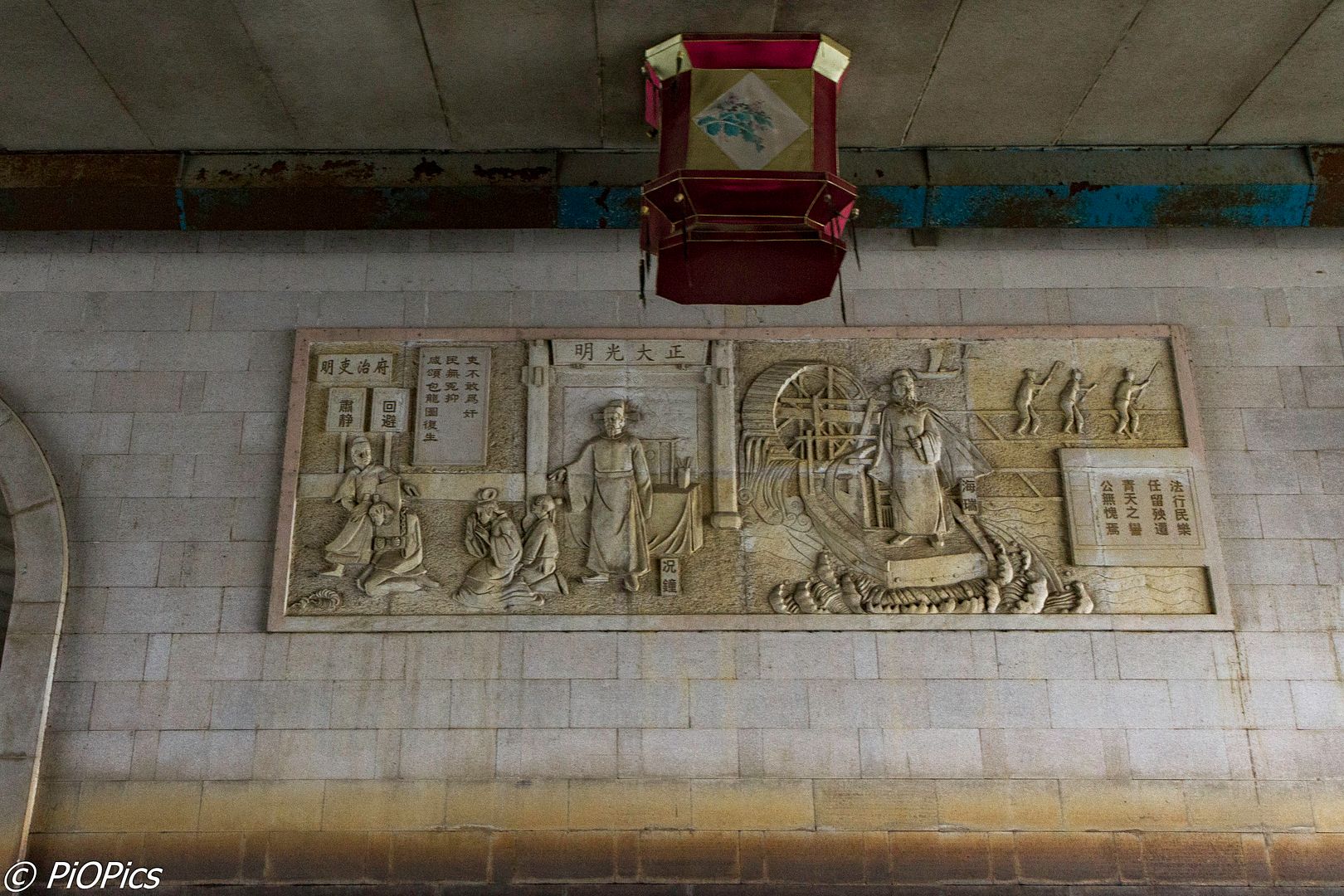







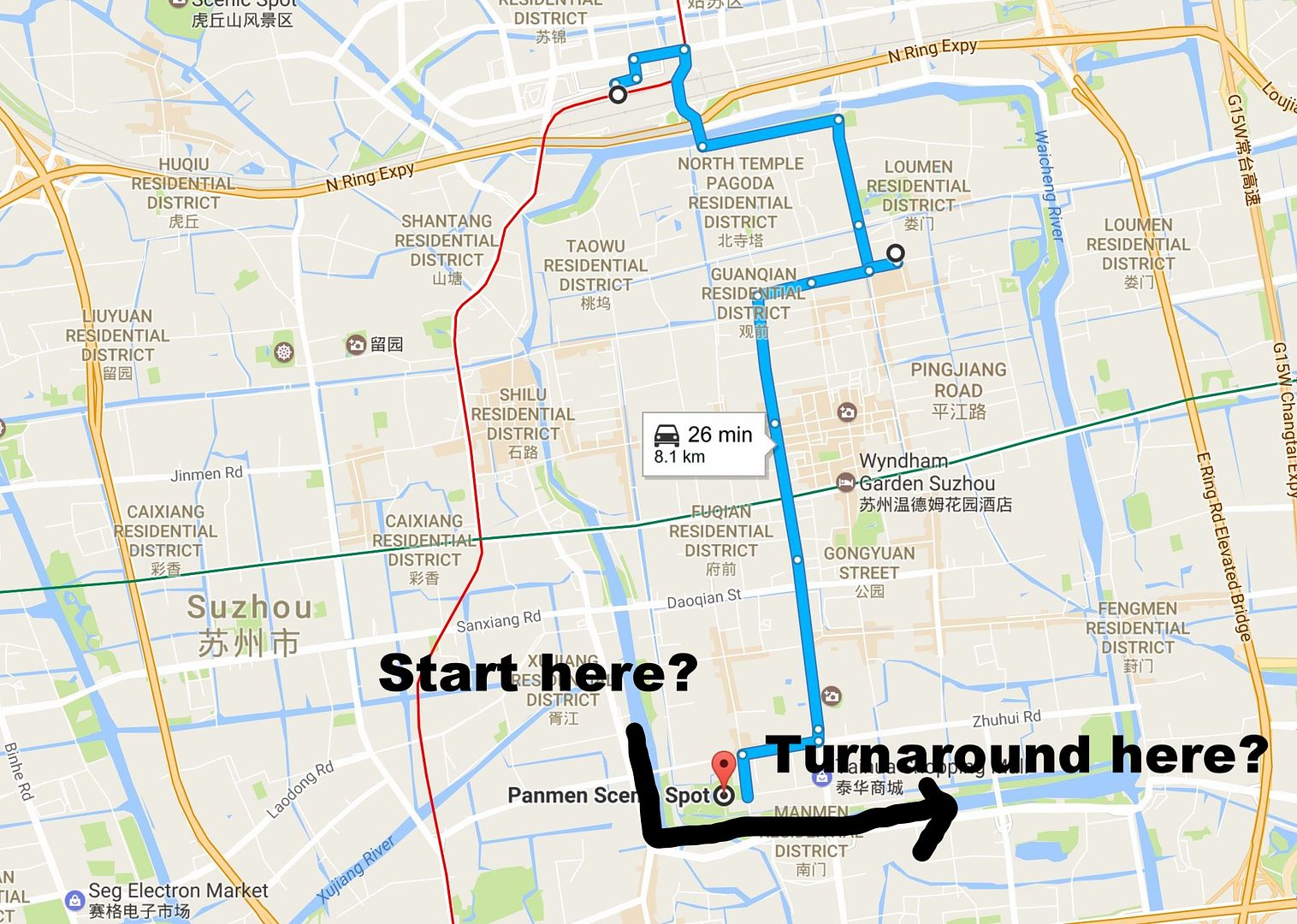






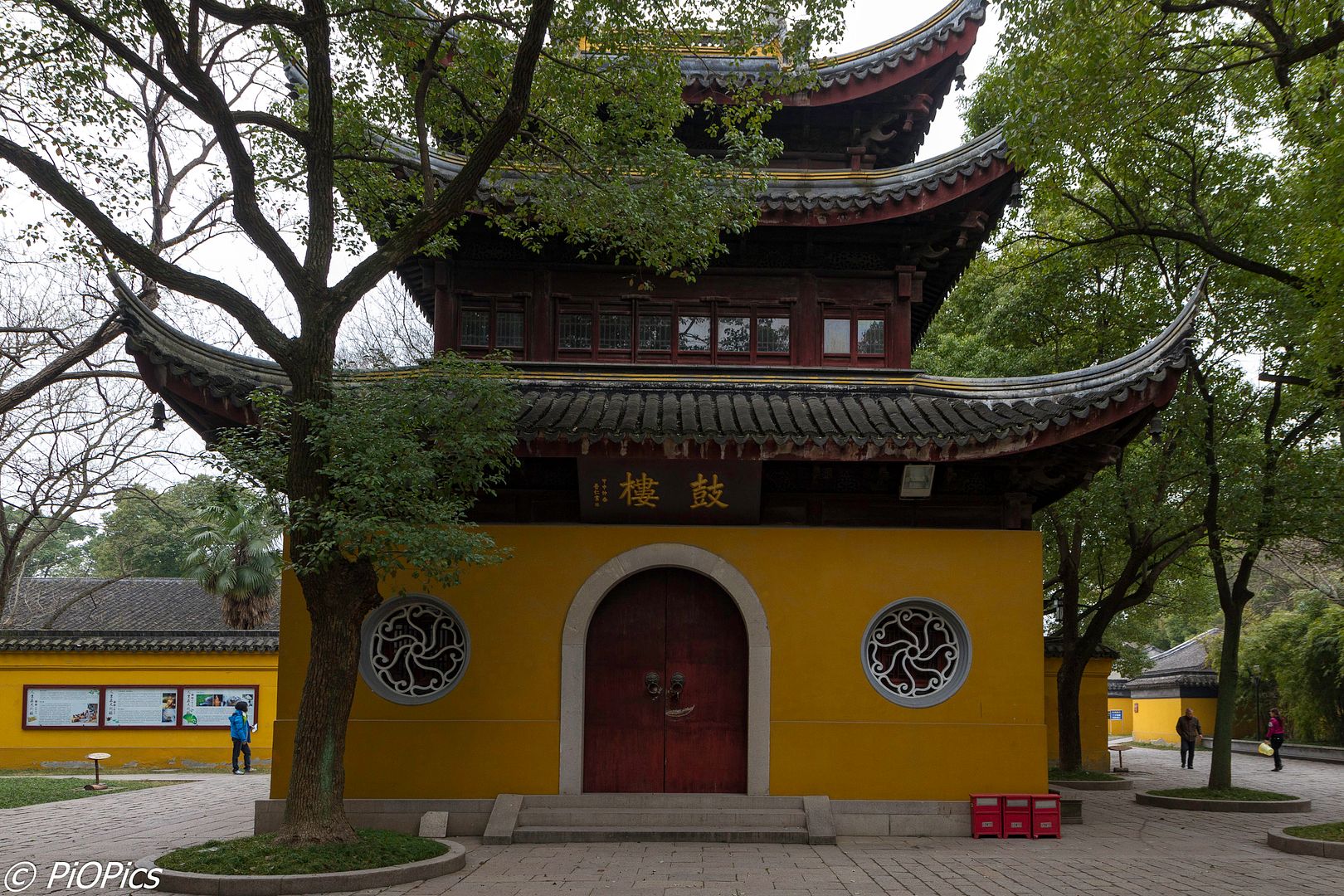
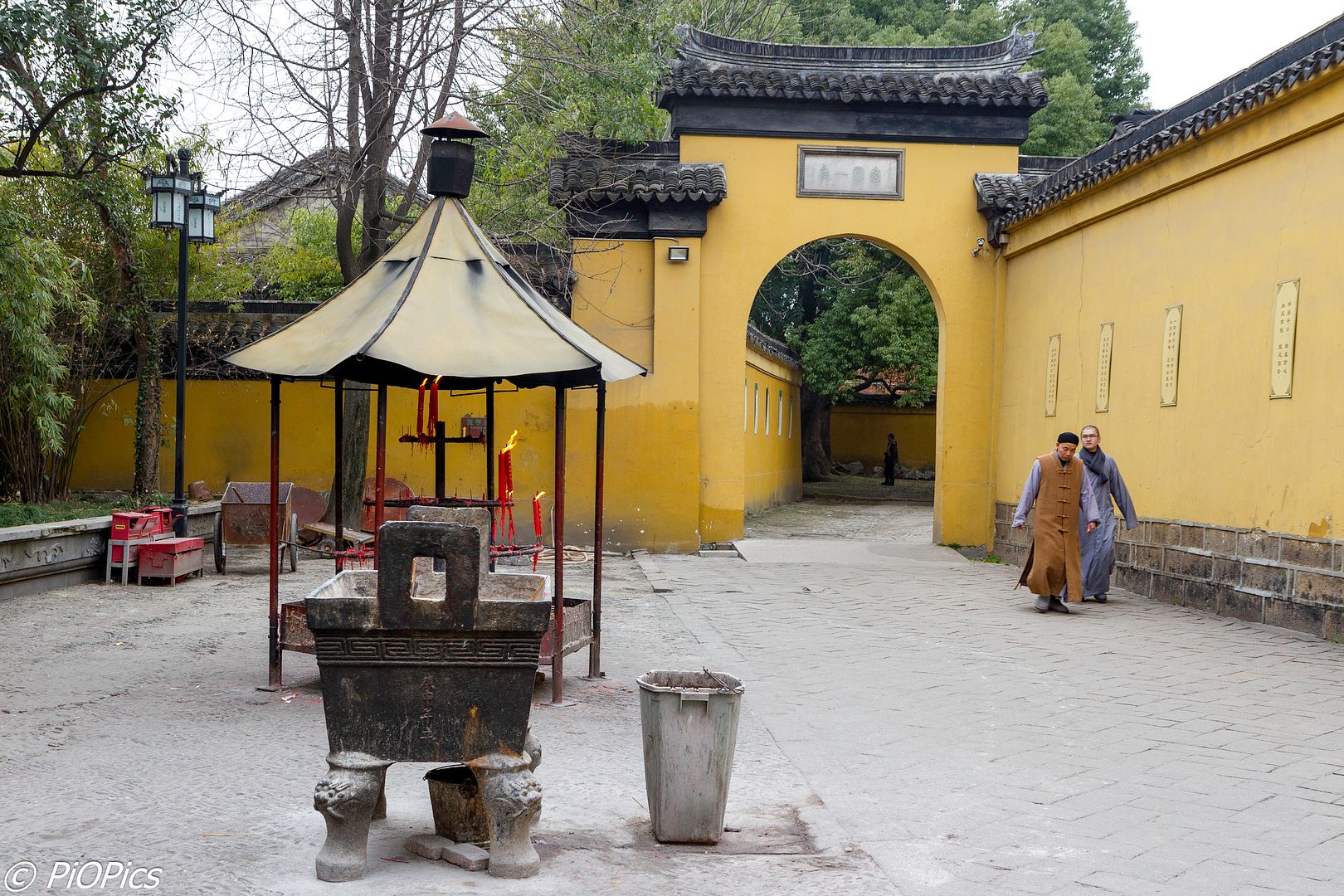


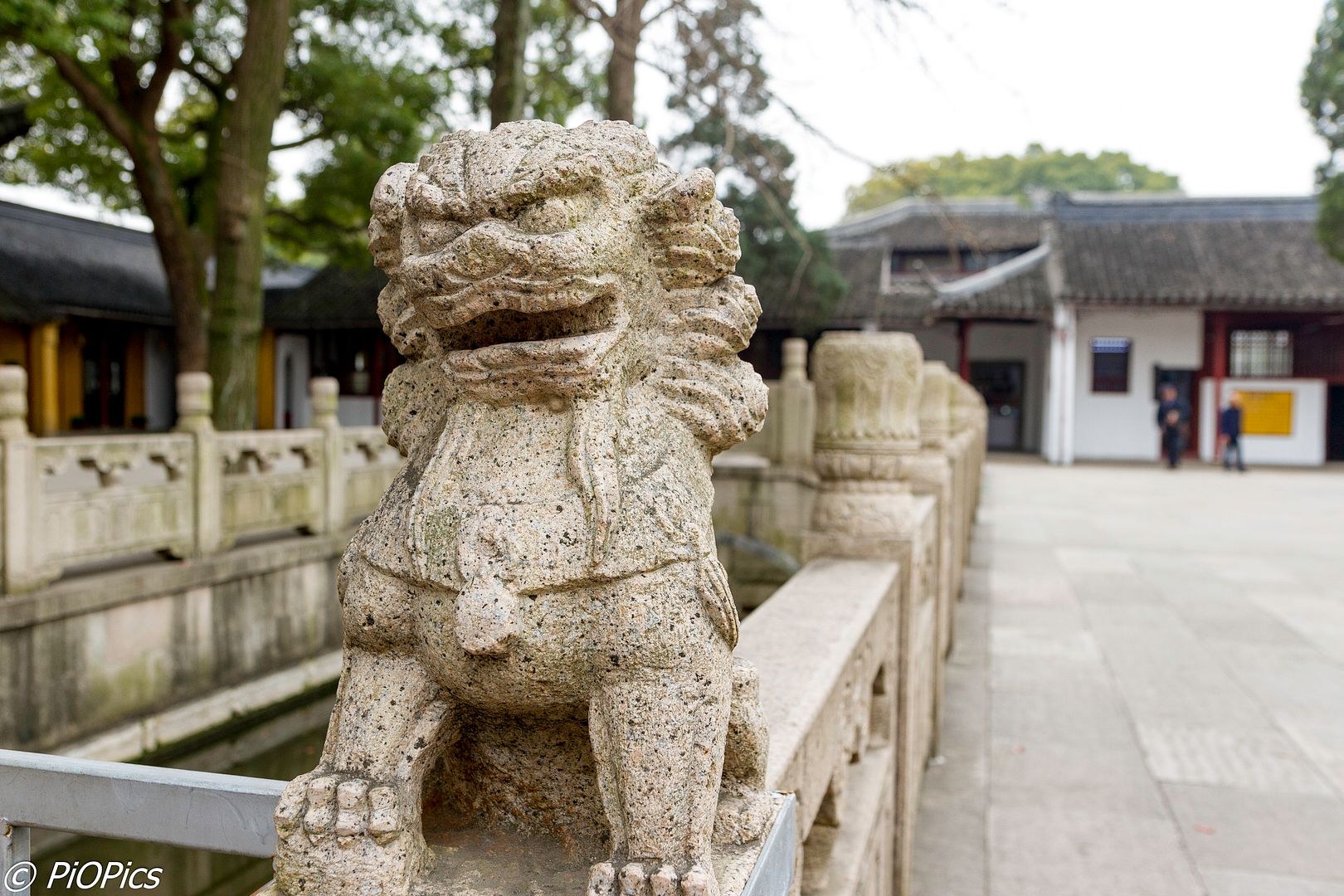





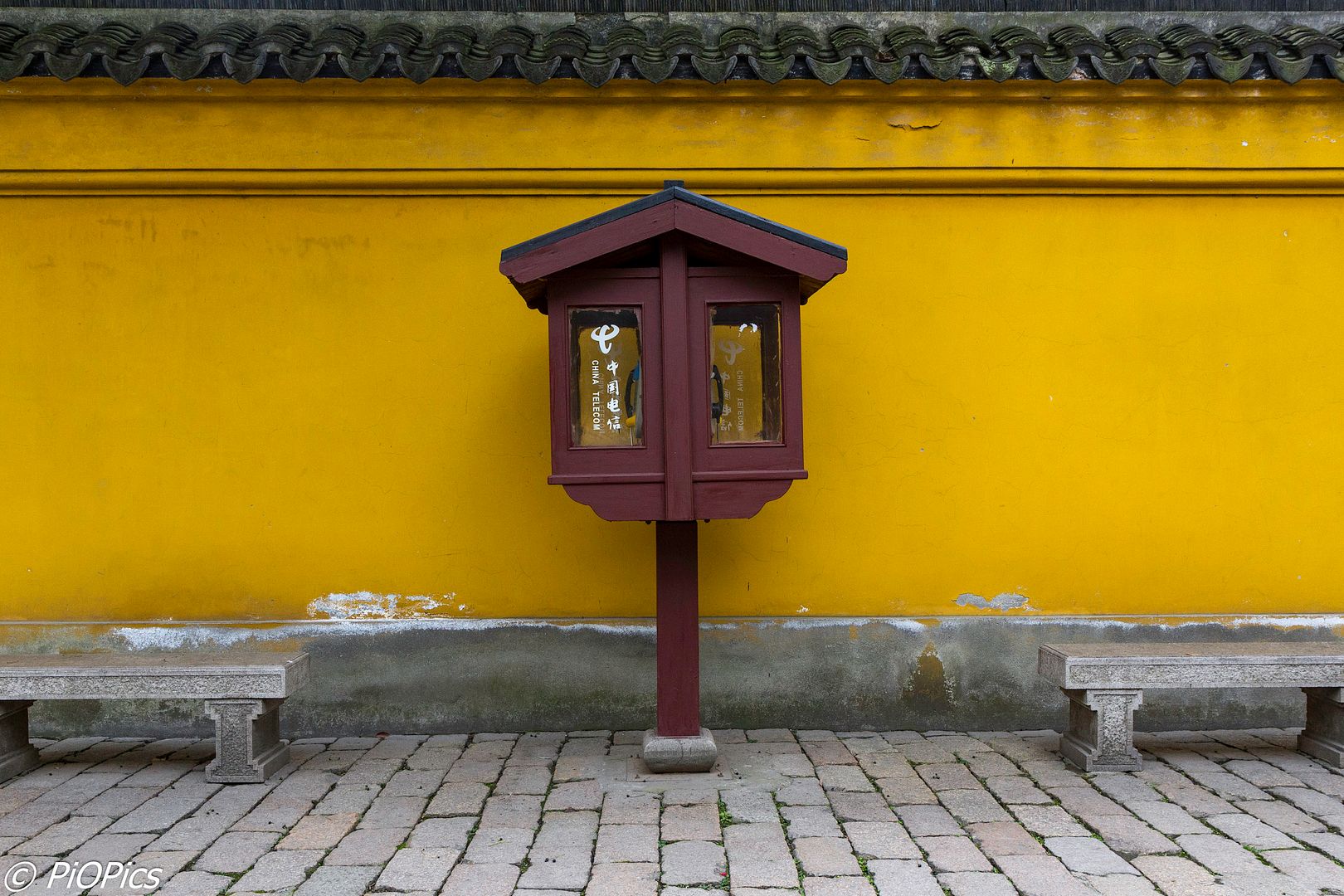






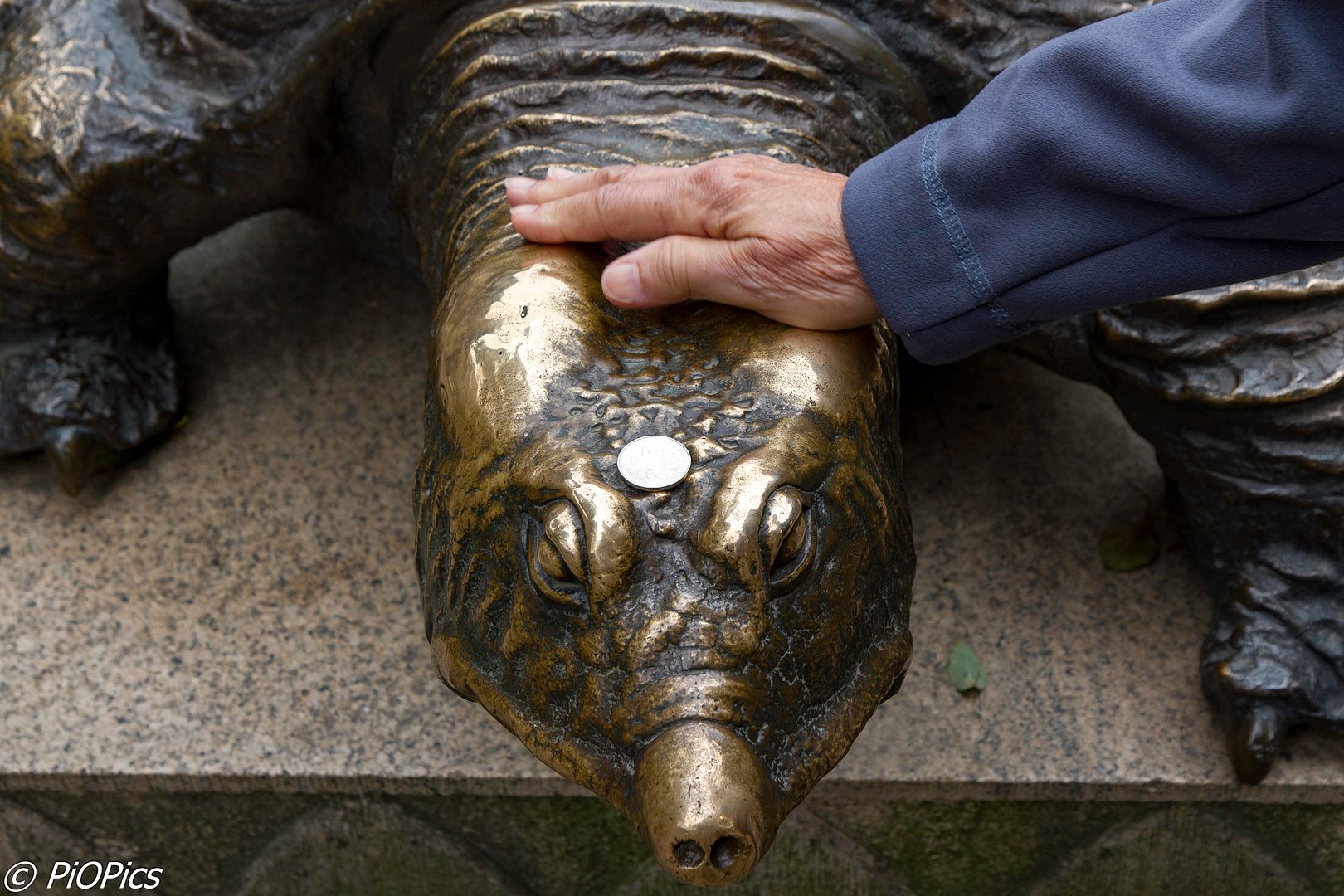

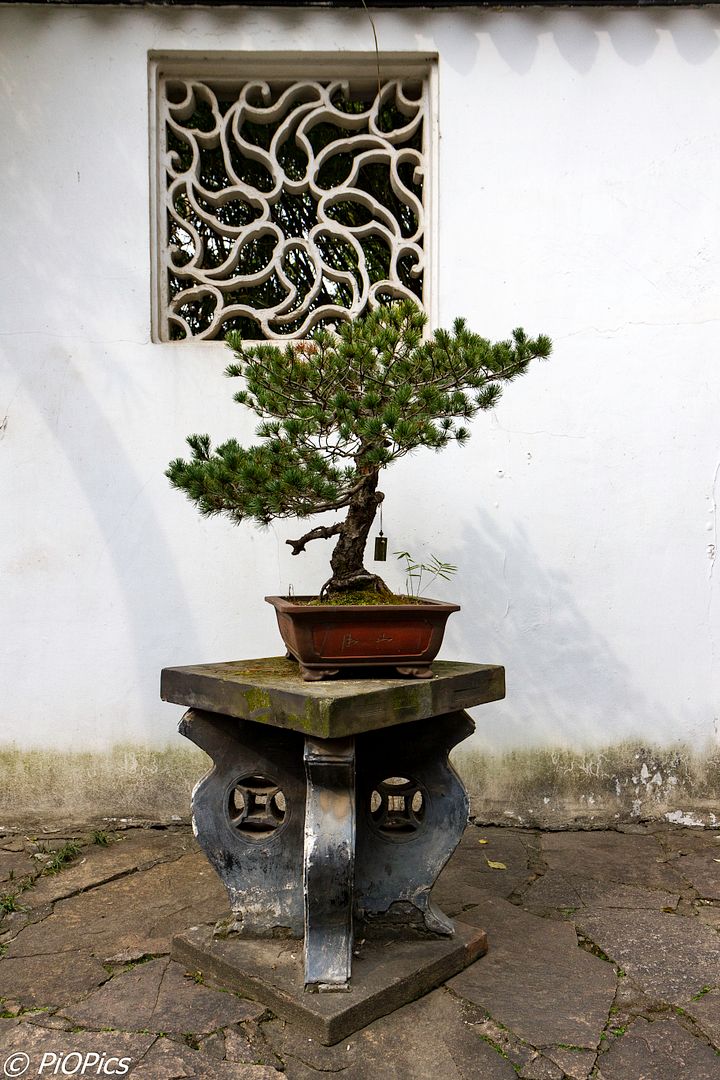









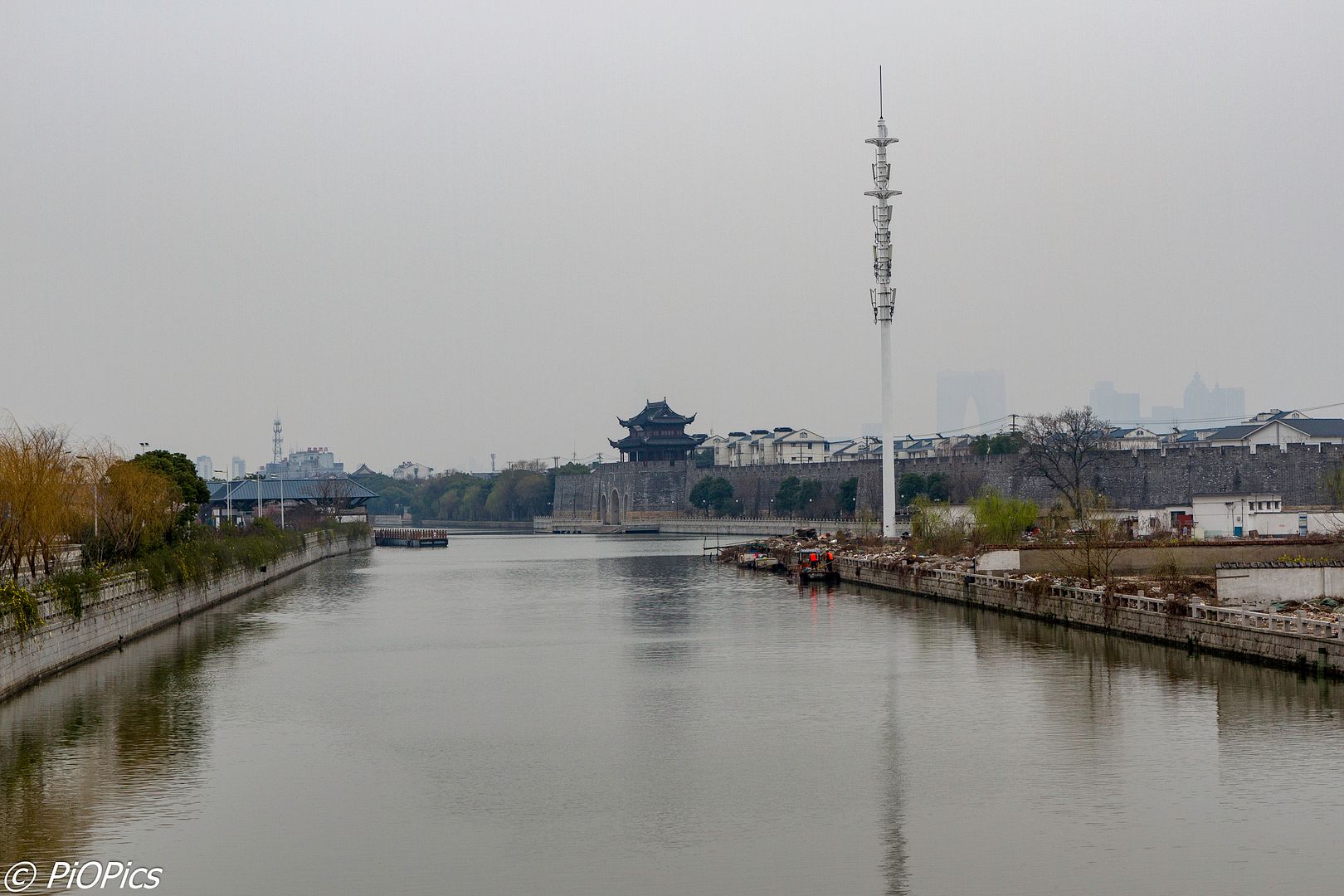
















 I was rather concerned until we found the father and son.
I was rather concerned until we found the father and son.


